Cats come in all sizes and colors. But did you know they all fall under five primary personality types? See below which personality type your feline friend might fall under:
The Skittish Cat
These are anxious or highly strung cats. Typically, they dart away when visitors call and would rather run underground than face a situation they recognize. They cope with life by avoiding fearful situations. Only when they learn they’re safe, will they slowly retain their self-confidence. The key to working with these felines is to give them plenty of opportunity to hide by providing holes (cardboard boxes or paper bags work fine) throughout the house. Never force these cats to face their fears – this only traumatizes them.
The Outgoing Cat
Or “nosy” in some cases. Outgoing cats love to explore, investigate and generally get themselves into trouble by going where they shouldn’t. These cats need mental stimulation. If bored, they can resort to destructive behavior, such as scratching furniture or house soiling. They may even occupy themselves chasing fellow housemates. The answer is to provide them with plenty of toys and to actively play with them. Chasing a laser or a feather-on-a-string helps them vent energy and express natural behaviors.
The Dominant Cat
Unsavory as it is, the “bully” sums up a dominant cat. These cats are less tolerant of others and liable to hog resources, such as food bowls and litter boxes. They can make a multi-cat household a misery. If you have a dominant cat, provide more resources. Make sure your cat has her own food and water bowl, plus a litter box. Place these resources some distance apart from the rest of the household. This cat also needs regular play to take the edge off her energy levels.
The Spontaneous Cat
This isn’t about spontaneous party throwing so much as acting erratically. A spontaneous cat is known to react differently to the same situation on a different occasion. He hasn’t quite learned to cope with life and, when faced with uncertainty, runs first and asks questions later. He may also have to manage a mix of high energy and anxiety. To ease his erratic behavior, have set routines, such as feedings and playtime, so he knows when something is about to happen (which prepares him to behave more appropriately).
The Friendly Cat
This one needs little explanation. She’s the purry, head bunting, smush-against-your-shins type. These cats are usually well adjusted as a result of superb socialization when they were kittens. Friendly cats are everyone’s dream and are most likely to live in harmony in a multi-cat household. However, if your friendly cat changes character, be sure to see a vet. Many common conditions can induce irritability or pain that can change a cat’s personality
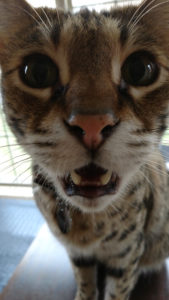
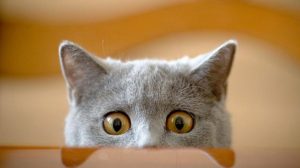
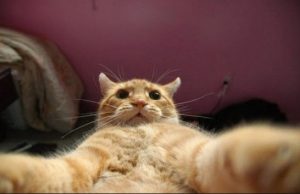
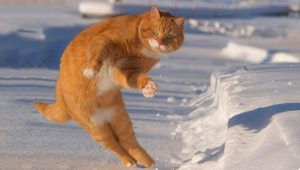
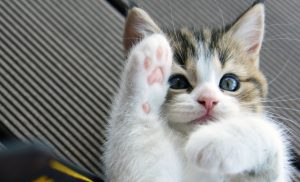
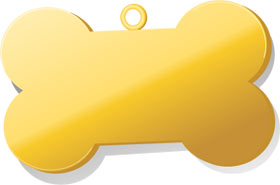
















Speak Your Mind